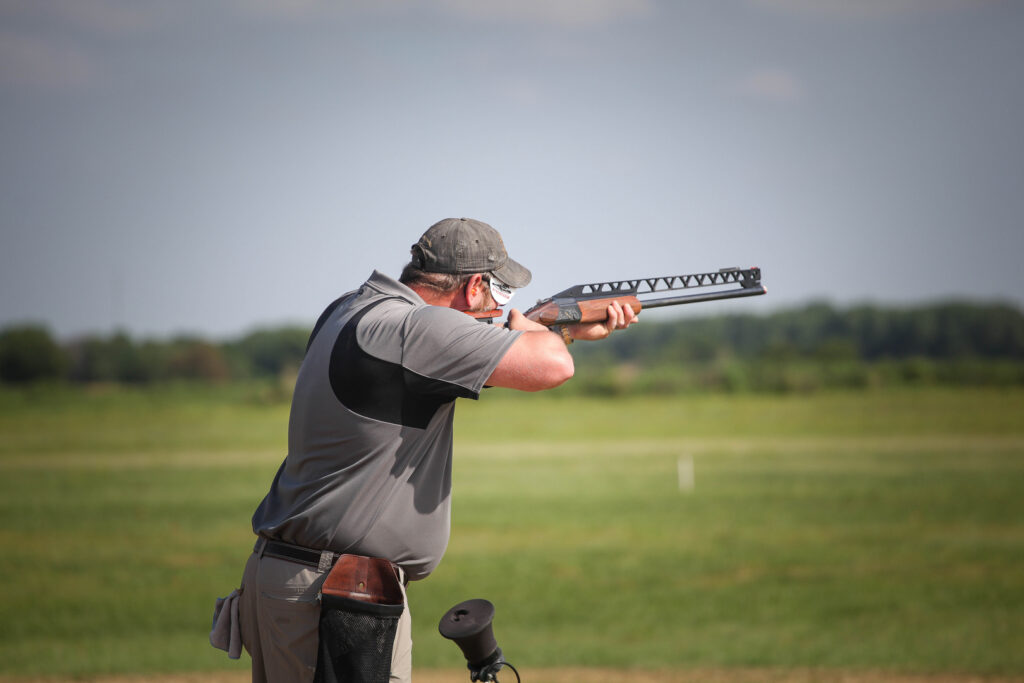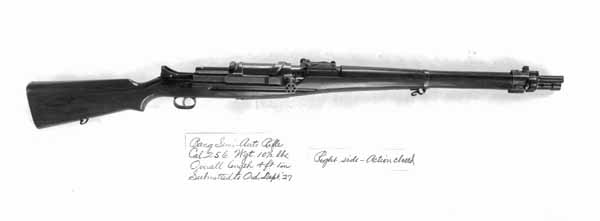Aaron Cowen of Sage Dynamics goes over concept that LPVO’s (Low Power Variable Optics) will slow down a shooter in CQB and therefore, for home defense or personal defense, Red Dots are the superior choice!
While this isn’t Fuddlore it is FuddloreLite, it comes down to over analyzing a problem and failing to take into account variables that are still present but not as visible on a dot.
Are Red Dots Faster?
Advertisement — Continue Reading Below
Yes, but being that a CompM5 weighs in at 8.4oz and an LPVO will generally run about 3x that we are already talking about different perfect conditions results based on mass. Add in that LPVO’s have an eyebox and it becomes easy to see why the myth exists.
The myth isn’t that LPVO’s are slower. They are, academically speaking. The myth is that is practically matters given all the other factors and benefits of an LPVO optic and any given shot problem.
Spooky Scary Scope Shadow
Advertisement — Continue Reading Below
“Take what you can get in the time you have and send the shot, trust your optic.” – Steve Fisher
You can shoot through scope shadow. Period. There is no amount of parallax or distortion based on imperfect eye position that is going to throw your shot more than sight offset is. If you can see the reticle you can snap off your shots. Marines were over shooting their ACOGs (looking over the sight or looking down the fiber optic) because at that distance you won’t miss.
Every discussion on LPVO v Red Dot goes this way. Dot guns are fast but they don’t see any further than your eyes, LPVO’d guns are nearly as fast and do allow you to see and gather information further out. Your trade off isn’t speed nearly as much as it is size on the gun. In a perfectly controlled setting the red dot on a close target will be faster. In a setting with multiple variables that also influence the time onto target, more than just *beep go!*, the time to find the target and place the shot for the environment begin to favor LPVO’s, especially on anything requiring some precision.
Advertisement — Continue Reading Below
So the myth, that an LPVO hinders you, is ultimately that you are taking too much time to get a clear perfect sight picture when you don’t need to. You aren’t with the red dot either, you’re grabbing the best you can in the time you have, but because you aren’t seeing any scope shadow or other distortions you’re trusting the sight picture you see.
You do not need an offset, or top, or any other red dot optic in conjunction with an LPVO for CQB. You need to trust the capabilities of your optic. Trust it by verifying it. Shoot close, shoot with dirty shadowy sight pictures, shoot at the edges of the glass and see what variances there are. You’ll be surprised by how little there is. You’ll probably find, also, that it’s well within your acceptable accuracy requirements too.
The one slowing you down is you, not the optic, you aren’t trusting it the way you trust the dot.
Advertisement — Continue Reading Below
So start.















